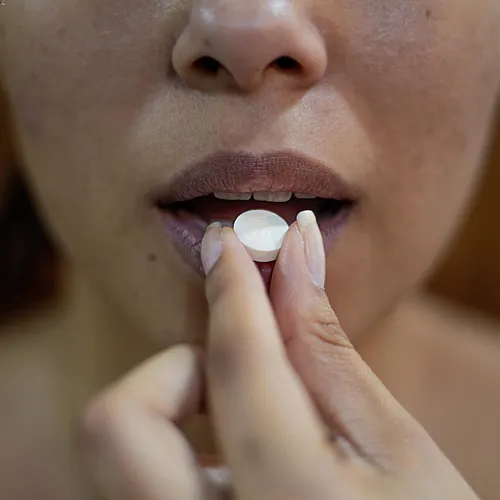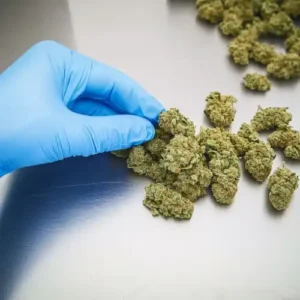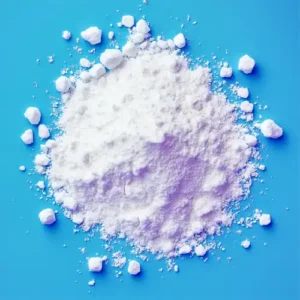Hallucinogens are a type of drugs that cause hallucinations—profound changes in an individual’s perception of reality. Sudden and unpredictable mood changes can also take place when some users take hallucinogens. These types of drugs are one of the three main categories of drug types.
Hallucinogens are produced by some plants and mushrooms. Or, they can be man-made. Often they are classified into two groups – classic hallucinogens (for example, LSD) and dissociative drugs (for example, PCP).
What do Hallucinogens look like?
Hallucinogens come in all shapes and sizes. Here’s an overview of the most important drugs of this type:
LSD
This drug is synthetically made as crystals which are then converted into liquid form. As a liquid it is odourless, colourless and has a mildly bitter taste. LSD is often called “acid” as well as many other names, it is sold in small tablet form (“microdots”), capsules or squares of gelatin (“window panes”). Often the drug is absorbed inside paper, which is then made into sheets of small squares that are illustrated with colourful designs or pictures of cartoon characters. LSD can be identified by a LSD Identification Test. In the UK, LSD is classified as a Class A drug, making it illegal to possess, use or buy. Illegal possession of the drug can result in up to 7 years in prison, an unlimited fine or both. While its effects typically last 8-12 hours, some users report experiencing flashbacks – brief glimpses of hallucinations – even months after their last dose.
Psilocybin
This drug can be found occurring naturally in over 200 types of mushroom. These types are often referred to as magic mushrooms and ‘shrooms. Other fungi and plants also have hallucinogenic potential. This drug can take the form of dried mushrooms or even capsules with powder inside. Laboratory made Psilocybin is a white crystalline powder that is then put into pills, capsules, or dissolved into liquid. Magic Mushrooms are a Class A Drug, which means that illegal possession or use is illegal in the UK if you are caught with the drug, the penalties can be severe. Fascinatingly, recent clinical trials have shown promising results using psilocybin-assisted therapy for treatment-resistant depression and anxiety.
PCP (Phencyclidine)
This drug is an anaesthetic that is conventionally used on animals. It can be found as white powder (in its purest form) but generally the drug is seen as capsules, pills or coloured powder. Rarely seen in the UK, this drug became popular as a drug of abuse in 1970’s USA. The drug is often known as Angel Dust. PCP is a very strong hallucinogen that can have dramatic effects. The powder can be identified by law enforcement agencies using a PCP Identification Test. PCP is a Class A drug, putting it in the same class as drugs like cocaine. This means that anybody caught supplying can face a maximum penalty of life imprisonment. The maximum penalty for possessing PCP is 7 years in prison and a fine. Unlike other hallucinogens, PCP’s unique chemical structure can trigger severe dissociative states that may last several days, making it particularly dangerous for recreational use.
Ketamine
This drug is another anaesthetic that is medically used on both humans and animals. Normally, a white crystal powder, found in pills, tablets or dissolved in liquid. The effects of using Ketamine include a cocaine-like “rush”, muscular coordination loss and LSD-like hallucinations. These effects can last between one to three hours. Ketamine is a Class B drug, putting it in the same class as drugs like cannabis. This means that anybody caught supplying can face a maximum penalty of up to 14 years in prison. The maximum penalty for possessing Ketamine is 5 years in prison and a fine. A urine drug test for Ketamine will quickly identify recent use of the drug. In groundbreaking developments, researchers have discovered that controlled doses of ketamine can provide rapid relief for severe depression when traditional antidepressants haven’t worked.
Mescaline
This hallucinogen is obtained from the peyote cactus. For thousands of years, Mescaline has been used as a drug by Native Americans in Mexico as part of their religious ceremonies. Mescaline can also be manufactured synthetically. It takes the form of a white crystal powder (in its pure form). Man-made mescaline comes in various colours of powder and capsules. Mescaline is not physically addictive, but just like other hallucinogenic drugs, you can become quickly used to its effects. It is a Class A drug in the UK. What sets mescaline apart from other hallucinogens is its unique ability to produce synesthesia – a fascinating phenomenon where users might “see” sounds or “hear” colors.
Cannabis and Ecstasy (MDMA)
Both Cannabis and Ecstasy can also act as hallucinogens when taken in high doses. Combining MDMA (ecstasy) and cannabis carries significant health risks that should not be ignored. While some enjoy the enhanced euphoria from mixing these drugs, adverse effects like severe anxiety, paranoia and memory issues often occur. Moreover, the combination exacerbates the risks of dehydration, overheating, and cardiovascular strain already posed by MDMA alone. Predicting reactions is difficult since responses vary widely between individuals. Though tempting for the promise of an intensified high, the unpredictable mental and physical consequences make mixing MDMA and weed an unsafe choice. What’s particularly concerning is that the combination can amplify each drug’s potential to trigger panic attacks and psychotic episodes, especially in individuals with underlying mental health vulnerabilities.
Photo by danilo.alvesd on Unsplash
Zoom Testing is a leading UK drug testing company and a supplier of Drug Test Kits.
This post was originally published in 2018. It was last updated in December 2024.





